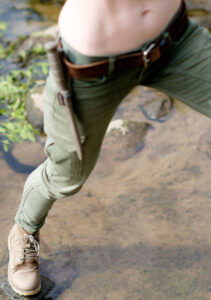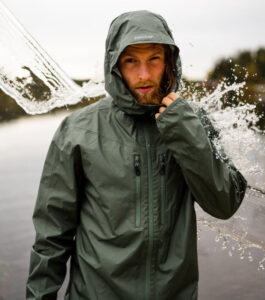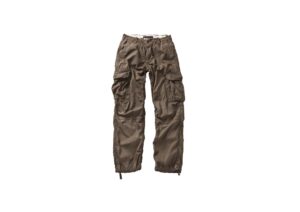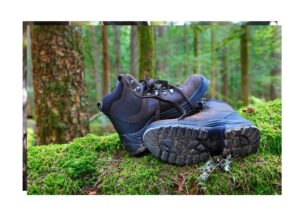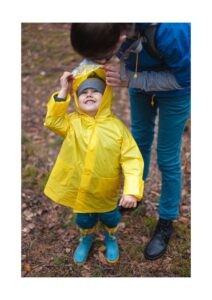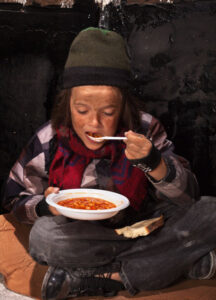The Importance of Clothing Selection for Survival Prepping
Clothes are an important part of your survival prepper plans. Even if you’re hunkered down at home, if the grid goes down and you’re met with uncomfortable temperatures, clothing can assist you in surviving.
But in a bug out situation, it’s an even more vital component of your survival gear. Yes, food, water and shelter are most important. But your clothing has to withstand the elements and work for you, rather than against you.
Some clothes, like jeans or a hoodie, would be an obstacle if you were to get wet in them and then temperatures dipped down. The color of your clothing and the fabric can make a difference, too.
Survival clothing selections for yourself and your loved ones will mean you stay protected and have another tool at your disposal in the event you’re stuck in a disaster situation.
The Importance of Fabric Selections for Survival Clothing
Fabric is a necessary consideration when shopping for survival clothes. Not only does it have the ability to keep you warm, but it can help keep you cool, dry and protected from rain or wind, and more.
You need to be as comfortable as possible in a survival situation, but not at the expense of your safety. Cotton, for example, is very comfortable. It can be great in hot climates. But it doesn’t dry quickly, and it soaks up moisture and becomes heavy.
It’s also less durable than other fabrics. Wool is great for cold weather climates, and it wicks moisture from your skin. It even has antimicrobial properties for odor resistance. But it too can be heavy and it is delicate and expensive, too.
One fabric many survival preppers look for is a light-weight synthetic material like polyester or nylon. These are fast-drying fabrics that also wick moisture from the skin. The difference is, they’re more durable, so you don’t have to worry that they’ll tear easily – but they can melt easily, so open fire situations can be dangerous.
Regardless of what fabric you look for, try to get something breathable that you can move easily in. Moisture wicking is vital to survival in any climate, but you also want something with insulation in it for times when you’re chilly.
Choosing Clothing for Weather Survival Purposes
When some people think about the climate in regards to the clothing that they need for survival, they think about when they are outdoors during the day. However, keep in mind that even warm weather climates can have cold nights, and you don’t want to have a drastic temperature drop that puts you at risk.
If you are in an area that gets a lot of sun, regardless of whether or not it is necessarily overly hot outside, you need to make sure you have clothing that can protect you from sunburns.
Even in warm weather, you can wear a wide brimmed hat with lightweight pants and a long sleeve shirt to keep you protected from strong ultraviolet rays and even becoming overheated. Remember that ultraviolet sun-rays can still burn you on a cloudy day, so wearing a hat and long sleeve tops is a safe bet on any day.
You also want to consider whether or not you live in a rainy climate, but even areas that are not considered wet climates still have rain from time to time, and you want your survival gear to be water resistant or, preferably waterproof so that your skin stays dry and you stay warm. You can buy items such as pants and shirts that dry quickly, specific rain jackets and pants, and more for this purpose.
Learn How to Layer Clothes for Maximum Protection
Being able to layer your clothes so that you can warm up when needed or cool down by removing a layer is a great way to shop for your survival wardrobe. It gives you flexibility so that you can adapt to any weather situations, whether it’s cold or hot, wet or dry.
When you think about layering, you want to do it in a way that makes sense for your body. For example, the layer closest to your skin needs to be a moisture wicking fabric that helps keep your body temperature intact and your skin dry.
Layered over that, you want something that will hold in the warmth and act as an insulation layer to protect you from external weather situations. This might be a thick piece of fabric, or it can be thinner, depending on the environment that you live in.
For the outer layer, you want to think about the weather. So, if you are in an area that is prone to high winds, brutal sun, rain, or snow, your outer layer needs to be a protective agent against that.
Special Purpose Survival Clothing
There are other things you need to consider when you are shopping for your survival wardrobe for the family. For example, some insects can pose a risk of disease, like ticks or mosquitoes.
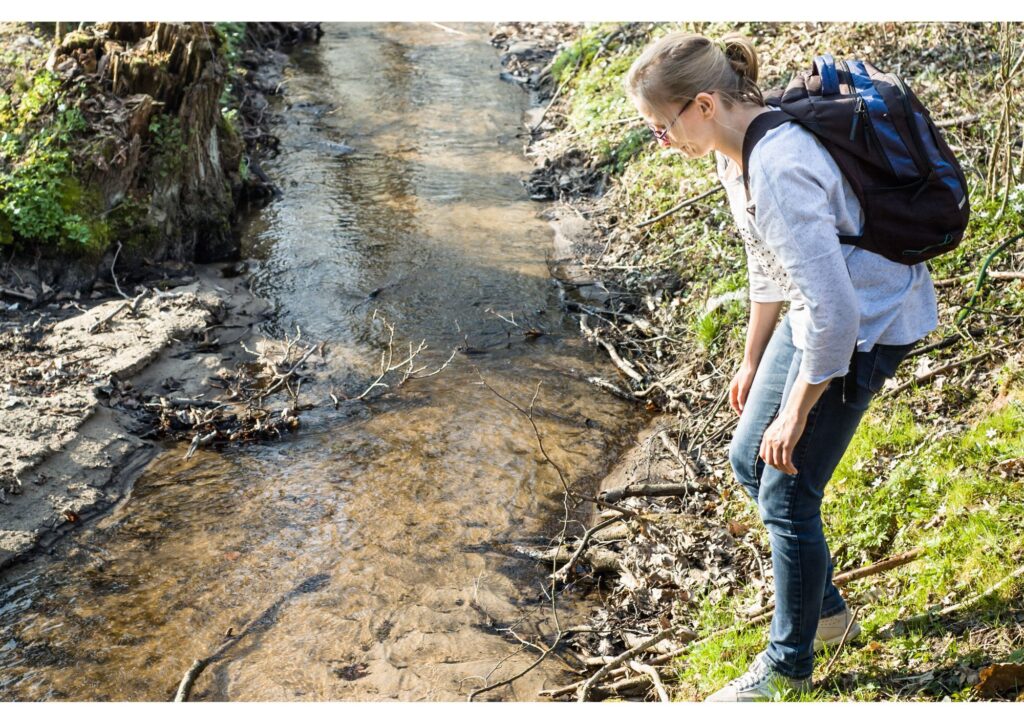
If your clothing is able to shield you against these pests, it will not only keep you safe from a potentially disastrous health situation, but it can also keep you comfortable and not having to deal with the bites and stings that can make you miserable in a survival event.
Clothing that is made for this purpose often has chemicals in it, or the material is so tightly woven that insects have difficulty breaking through the perimeter. You also want to make sure you are protected against the UV rays of the sun.
Whenever you are shopping for survival clothes, look for the UPF (ultraviolet protection factor) rating so that you can see how well you will be protected. You’ll be able to find shirts, pants, hats, and even gloves that can protect your entire body from the sun’s light.
You also want to think about selecting survival clothes for different purposes when it comes to whether or not you want to be seen. There are times when it will make more sense for you to be camouflaged, and others where you will need to use part of your clothing as a reflective or attention-grabbing mechanism for rescue.
You can also find survival clothes that serve different purposes. For example, some of them have built in tools or areas like deep pockets in cargo-pants where you can carry things like your pocket knife, fire starting gadget, or gear that you can fish with.
With some pants and jackets, you will find removable limbs that you can take off as a layering technique to help you adjust to differing temperatures. Some of the survival clothes on the market can also be used for other purposes, like a poncho being used as a tarp for shelter or strong, durable clothes being fashioned into a stretcher if someone is hurt.
Selecting the Right Accessory Clothes Survival
Don’t forget about the accessory items you may need during a survival event. These aren’t luxury items – they’re to protect your feet and other areas that may take a beating during a bug out situation.
You have to shop for items that will be beneficial for you from head to toe. With your feet, you need to protect them with socks that are made of wool so that you get the moisture wicking and odor eliminating benefits.
Many people like to have hiking boots for survival situations, but make sure they are thoroughly broken in beforehand. These will be waterproof and have good insulation, but they are heavy.
If you decide to go with sneakers, they may break down more quickly and not be water resistant, but they will have the benefit of being lightweight. You do need to make sure you have one with a good grip on the sole and that goes high up enough to protect your ankles from breaking. You can use a water-proofing spray to help make them a little bit resistant to getting soaked through. Those sprays can also be useful to treat coats, hats and jackets to give them an additional layer of water resistance.
We talked about having a wide brimmed hat for protection from the sun, but you may also want to have a hat that has insulated material for cold weather situations, including ones that come down over your ears to protect them from frostbite.
And don’t forget the jackets you may need. While a rain jacket is perfect for wet weather conditions, sometimes you may just need the extra insulation from the wind or chill in the air.
Your hands may also be at risk of breaking down due to the elements. To make sure you have some weather appropriate gloves to keep your hands warm and dry. It’s important that you are able to move your hands easily while wearing gloves so that you can navigate the survival environment.
Keep in mind that if you have children in your home, their needs for survival clothing may change, and you want to have items that will work as they grow bigger. Having slightly larger clothes that don’t pose any type of risk might be a good solution.
Why Choosing the Right Clothes for Your Children Is Essential
As you equip yourself with the right survival gear, it’s essential not to overlook the unique clothing needs of your kids. Younger members of the family have different requirements, and their comfort and safety should be at the forefront of your planning.
Firstly, your kids will have a more rapid heat exchange than you as an adult due to their smaller size. This means they can get cold faster in chilly weather and overheat more quickly in hot conditions. For instance, if you were camping and the temperatures drop at night, while you might feel just a tad cold, your child could be at risk of hypothermia if not adequately dressed. Hence, you need to ensure they have layers of clothing that can be added or removed easily. This could include a base layer that wicks away moisture, a middle layer for insulation, and an outer layer that protects against wind or rain.
Secondly, your children are often less aware of their physical discomfort or might not communicate it effectively to you. Have you ever noticed how a child can play outside for hours and not realize they’re sun-burnt or that their shoes have been wet for a long time? Such scenarios can lead to health risks, like severe sunburn or fungal infections. By ensuring they wear clothes like wide-brimmed hats, breathable long-sleeved shirts, and water-resistant shoes, you’re minimizing potential hazards. Clothing with bright colors can also be beneficial for your children, not just for its cheerful appeal, but because it makes them easier to spot in crowded or vast open areas.
Lastly, durability is crucial. Children are generally more active and less cautious about their clothes. They’ll run, jump, fall, and, more often than not, come home with mysterious stains, rips or cuts on their clothes. Investing in sturdy clothing materials for them ensures the fabric doesn’t tear easily, and they remain protected regardless of their activity level. For instance, reinforced knee areas in pants can prevent tearing when they’re playing on rough terrains. Similarly, clothes with multiple pockets can be useful for them to store little items, much like the cargo-pants mentioned earlier, making them feel more involved and prepared in survival situations.
In conclusion, while you’re outfitting yourself for potential survival situations, remember that children have specific clothing needs. Their comfort, safety, and the durability of their attire are vitally important. After all, ensuring the well-being of every member of your family – whether big or small – is the essence of being thoroughly prepared.
So now it is time you move to the next article in our Survival Prepping 101 series, Part 14: Why You Need to Practice How to Start and Keep a Fire Going.
If you have missed the previous article, you can access it ere: Part 12 – Why You Need to Know How to Survive a Natural Disaster
